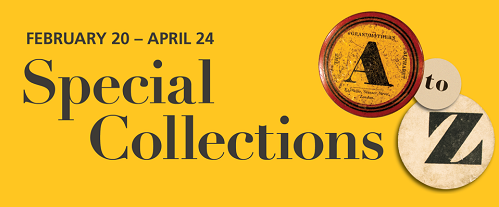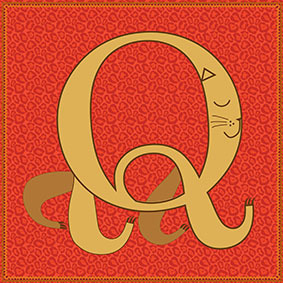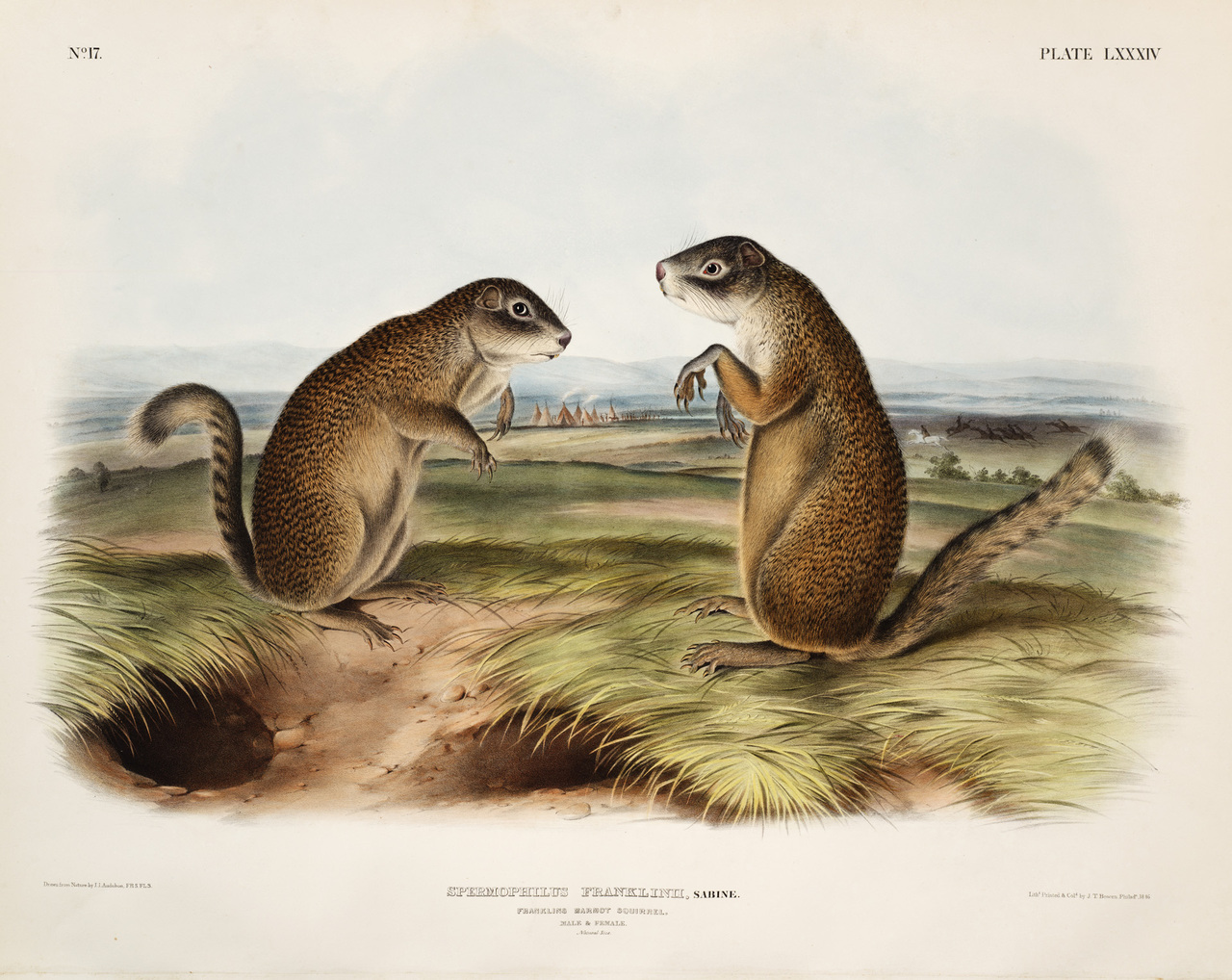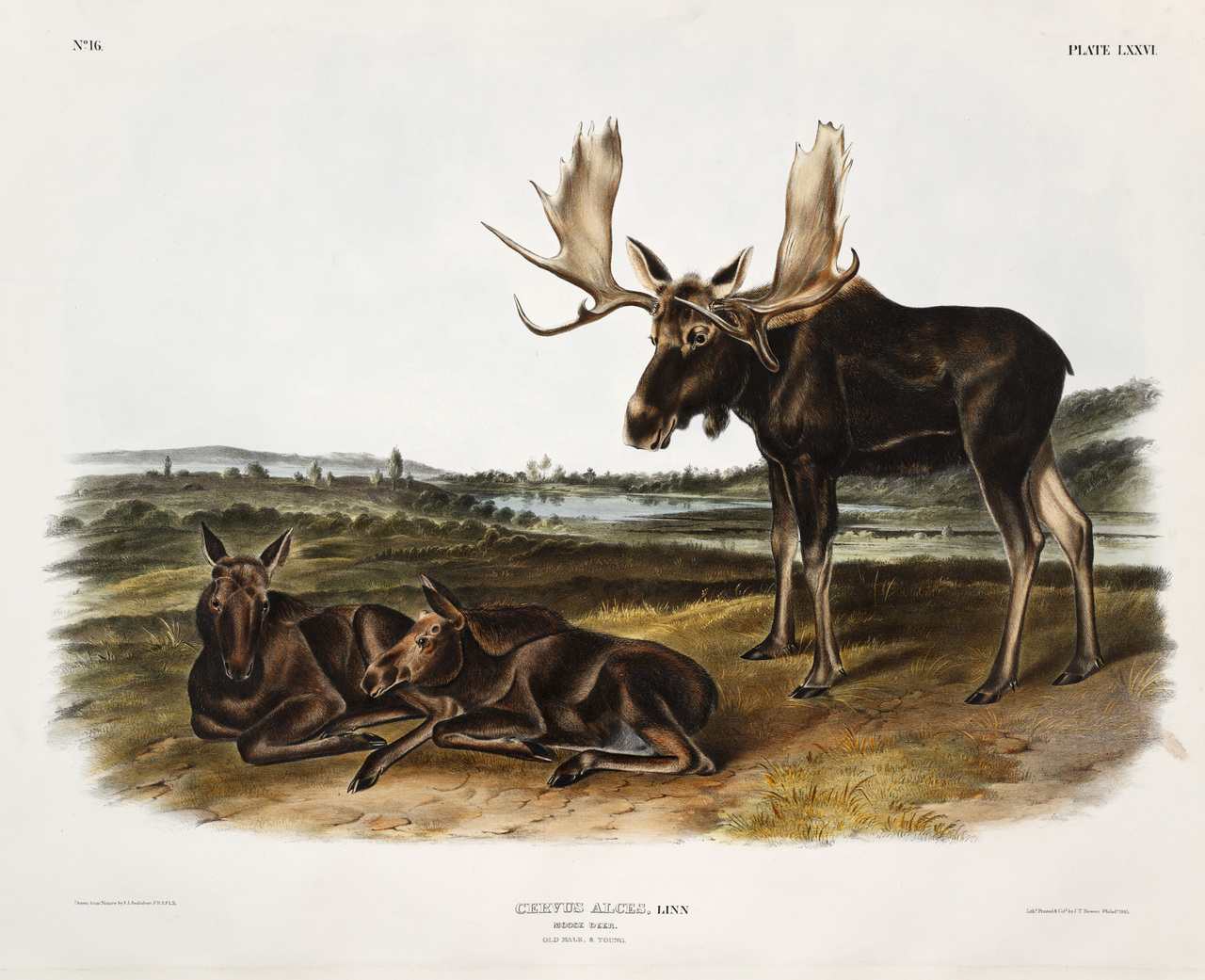Q is for quadrupeds
The name of John James Audubon (1785-1851) is most commonly associated with bird illustration.
However his last work, Viviparous Quadrupeds of North America, was one of the most comprehensive treatments on North American mammals.
Working with his sons and the naturalist Reverend John Bachman, Audubon completed 150 drawings. Later hand-printed and coloured, they were included in this rare volume from 1846.
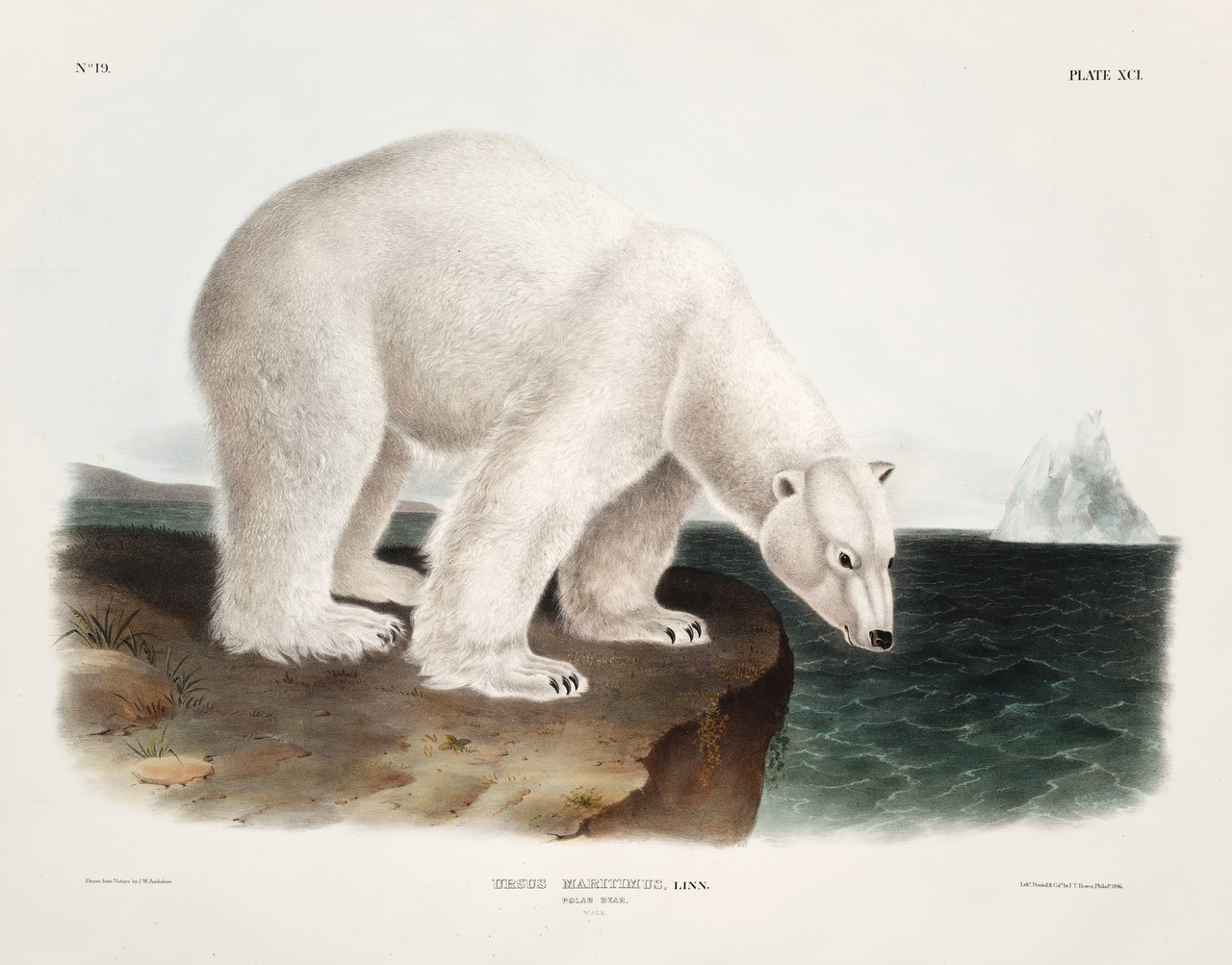
Polar bear (Plate XCI)
From The viviparous quadrupeds of North America Vol. 2
John James Audubon, 1785-1851
New York: V. G. Audubon, 1846
Drawn from nature by J.W. Audubon and on stone by William E. Hitchcock. Lithograph hand-printed and hand-coloured by J.T. Bowen of Philadelphia
Special Collections in the Arts
Here, a male polar bear (Ursus maritimus) seems to be contemplating a plunge into the icy waters.
Audubon and Bachman observed the bears in situ, noting it is found further north than any other quadruped and “frequents the fields of ice, and swims off to floating ice or to icebergs”.
A pair of marmots (Spermophilus Franklinii) are depicted life-sized in front of their burrow.
Audubon and Bachman note that this species is not found in the more settled parts of the country.
Audubon and Bachman describe encountering a moose in the wild, remarking on the animal’s “great size” and the “thundering noise of the saplings bending and snapping around him as he rattled over the fallen logs”.
Explore more!
Discover Audubon's most famous work, Birds of America, in a past virtual exhibit.
